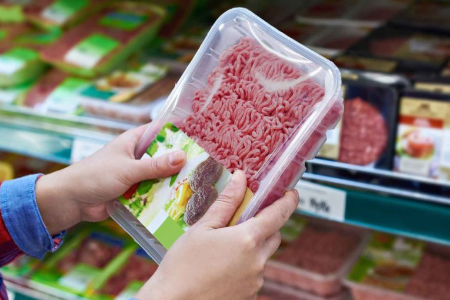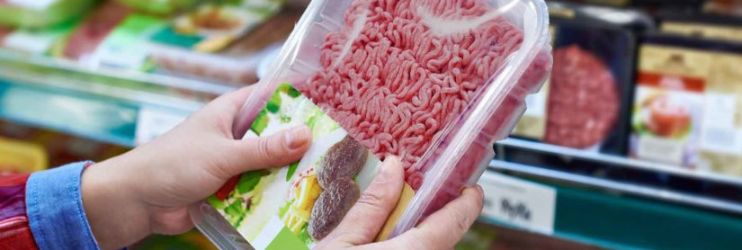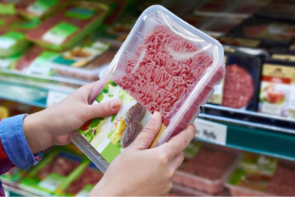Originally published on AirgasThinks.com | April 29, 2020



From TV dinners to organic gourmet meals, the frozen food industry has seen tremendous change over the past several decades. Despite a growing trend towards fresh foods, frozen foods have managed to remain relevant and continue to flourish. According to a recent report by Grand View Research, the industry is poised to grow to roughly $360 billion by 2024.
This change and growth, however, is forcing manufacturers of frozen food products to stay on their toes, as they struggle to keep up with demand and maintain product quality—while still finding cost savings. A key factor to an efficient and successful food freezing operation is making sure you have the right freezing system in place. Yet selecting a quality system that preserves food in the most economical amount of time is one of the biggest challenges facing frozen food manufacturers.
MAP works by adding gas—commonly nitrogen, carbon dioxide and oxygen—to food packaging to improve the shelf life, appearance and taste. The gas or mix of gases used for a particular application is selected based on the type of product being packaged. The gases commonly used for MAP each have different effects on the color and freshness of packaged foods.
“The gas makeup that goes into the packaging plays a vital role in how long the food stays fresh, how it tastes and how it looks in the package,” said Bill Adams, Director of Food and Pharma Solutions at Airgas, an Air Liquide company. “In order to make effective recommendations, gas suppliers need to know about the product being packaged and the manufacturer’s goals for the product’s shelf life, taste and appearance.”
According to Adams, “We typically deal with nitrogen and carbon dioxide in most of our blends. The factors that go into determining the blends are based on the type of product being packaged: Is it a cooked product, a protein product, a dough-based product or is it a mix like a sandwich, which has bread, dairy, meat and produce?”
For example, if a customer is packaging ground beef, they typically use a three-gas mix. This mixture helps maintain the red color of the product over the course of its shelf life. Alternatively, food manufacturers can use a high-ox mixture consisting of 80 percent oxygen and 20 percent carbon dioxide. Oxygen keeps the product looking red and fresh, while carbon dioxide limits bacteria growth. Shelf life and product quality are usually extended when exposure to oxygen is limited or eliminated. Oxidation and oxidative rancidity result in a shorter product shelf life and accelerated product quality deterioration.
For products like chips, baked goods and nuts, freshness, rather than appearance, is the primary goal. Nitrogen and carbon dioxide work to accomplish this by flushing oxygen out of the packaging to prevent oxidation, which can lead to stale tasting food.
For gluten-free products, it is difficult to maintain freshness for longer shelf life without using gas. If your distribution process lasts longer than four days, without gas, the quality of the gluten-free products will most likely be poor by the time they reach the consumer. Packaging the product with carbon dioxide will extend the shelf life beyond that of a product packaged without gas.
Connect with an Airgas expert for more help, insights and solutions.
Contact UsWhen determining the right gas blend for a MAP application, it’s important to keep compliance with industry regulations top of mind. While MAP preserves food, since it also affects the quality of food, it is carefully regulated by the U.S. Food and Drug Administration (FDA). FDA requires that food manufacturers using MAP provide a Hazard Analysis and Critical Control plan, which includes details about the types and proportions of food-grade gases used in a given process. The ability to accurately and precisely control the levels of gases in a MAP mix helps food manufacturers stay in compliance with FDA regulations. Compliance, consequently, can help prevent costs associated with fines, recalls and spoilage.
MAP drives efficiency and reduces costs by lengthening the supply chain of manufactured goods. The success of MAP, however, depends on choosing the right gases for a given application and ensuring compliance with FDA requirements.
When choosing gases for MAP, be sure to collaborate with your gas supplier to achieve your goals for shelf life, freshness, taste and appearance. The right gas can make all the difference in keeping your food manufacturing operation effective, efficient and compliant.
Need help with your Modified Atmosphere Packaging (MAP) process? Connect with us.